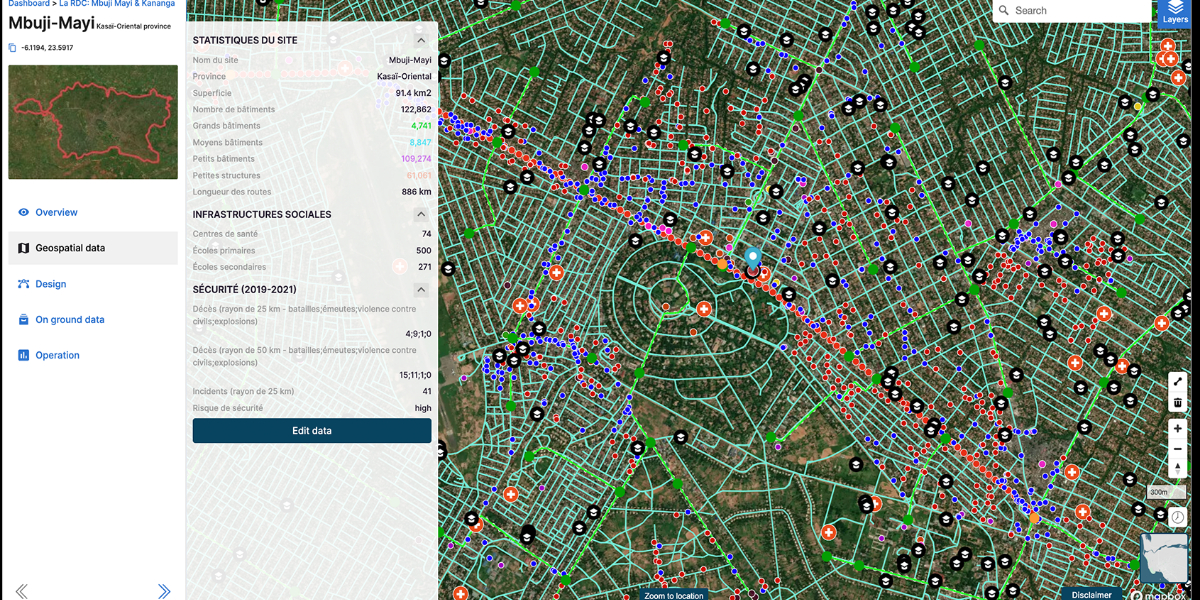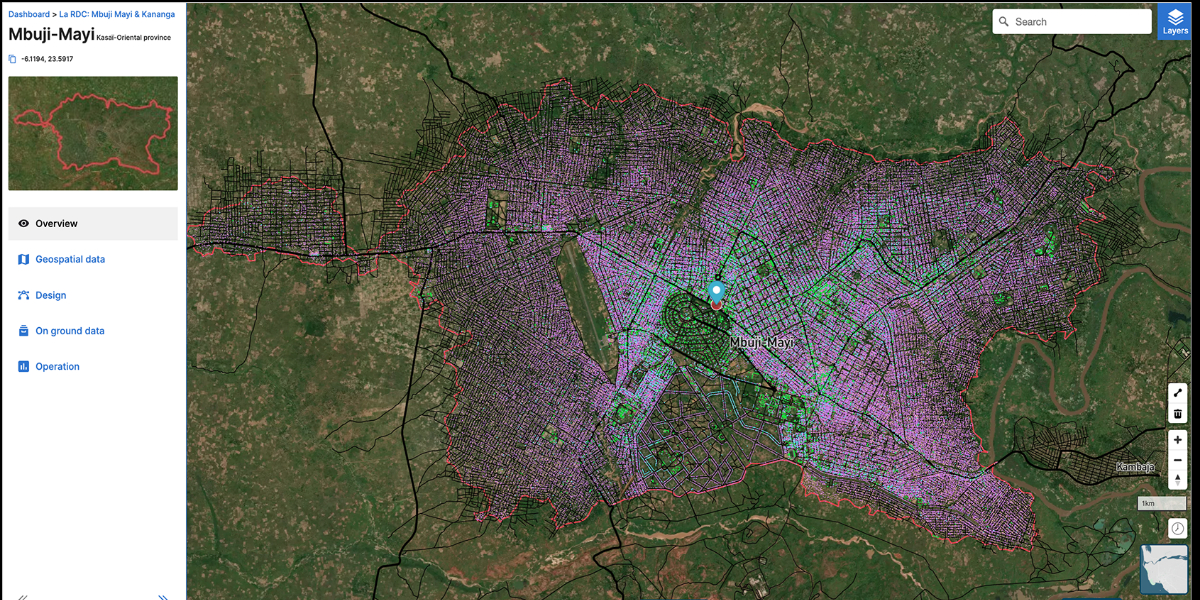AWARD YEAR
2023
CATEGORY
Community
GOALS
Affordable & Clean Energy, Climate Action
KEYWORDS
mapping, data, Big Data
COUNTRY
Germany
DESIGNED BY
VIDA
WEBSITE
https://www.vida.place/
VIDA
Geographic monitoring for a decentralised, sustainable world
How does it work?
Your software to monitor distributed operations. With VIDA you can see what happens in the places that matter to you. Plan and monitor thousands (or even millions) of locations.
VIDA is a map-based software to help reach the SDGs. We enable our users in fields, such as electrification, healthcare and agriculture to channel investments, run projects and measure impact. VIDA integrates different data streams such as satellite imagery, survey data, sensor data and predicts outcomes and allows teams to collaborate.
Our software is used by e.g. The World Bank, USAID, KFW, various governments, as well as businesses in Nigeria, Sudan, Sierra Leone, Colombia, Pakistan, Mozambique, and many others.
Why is it needed?
As populations across Africa grow, so too do African cities. But despite their size this rapid growth has meant that many may not be well served by the national electricity grid. These cities typically feature a massive diesel-powered generation system in the center that can power up businesses and cover other key needs such as healthcare – but vast numbers of buildings remain unelectrified, while diesel is expensive, polluting and unreliable.
VIDA was recently commissioned by the International Finance Corporation (IFC) to analyze Mbuji-Mayi and Kananga, two large provincial cities in the Congo, to identify the potential for decentralized renewable electrification. The project was designed to assess investment risks and provide information on the mini-grid market potential to help prospective private developers and investors enter and develop the Congolese clean energy access market.
How does it improve life?
“With Mbuji-Maya, when we started, there was no reliable data even on how many people live there,” says Nabin, co-founder of VIDA. “The data told us there was around 1 million people. Using the software, we can answer questions such as how many households there are and what kind of demand we can forecast.”
VIDA software runs at a high predictive accuracy rate of more than 75 percent. This was the first time a project of this scale was completed in Africa.
Based on this information, the IFC can now work with private sustainable energy developers with far greater accuracy to identify and implement solar energy solutions in these cities.






